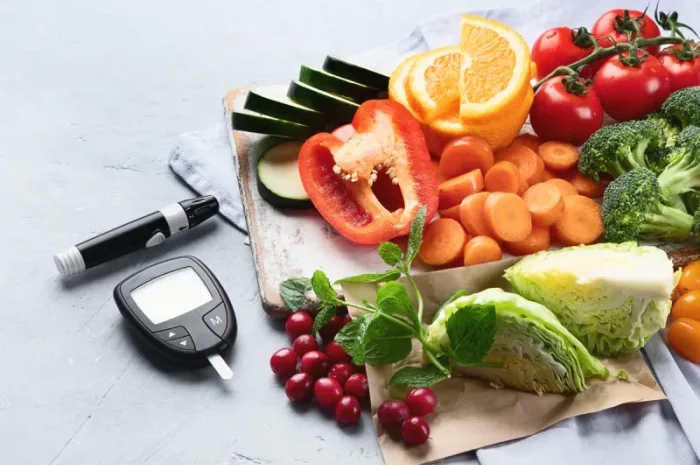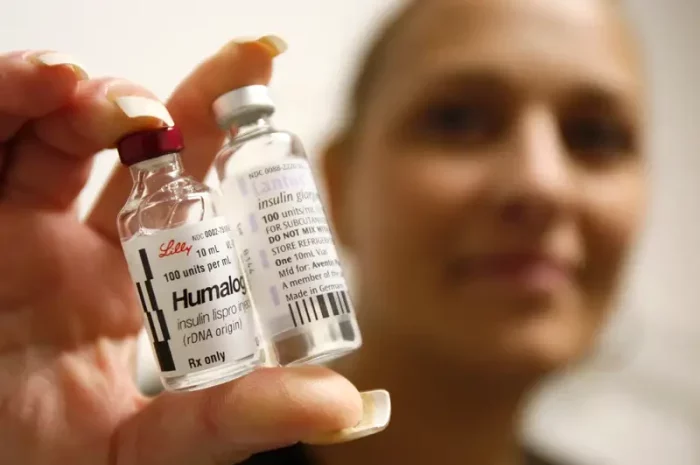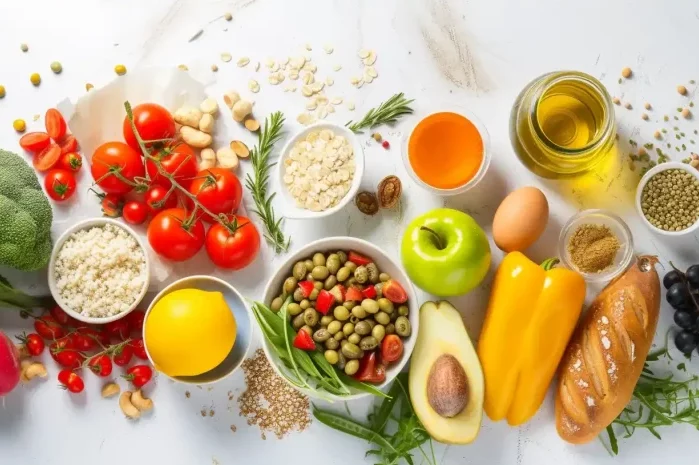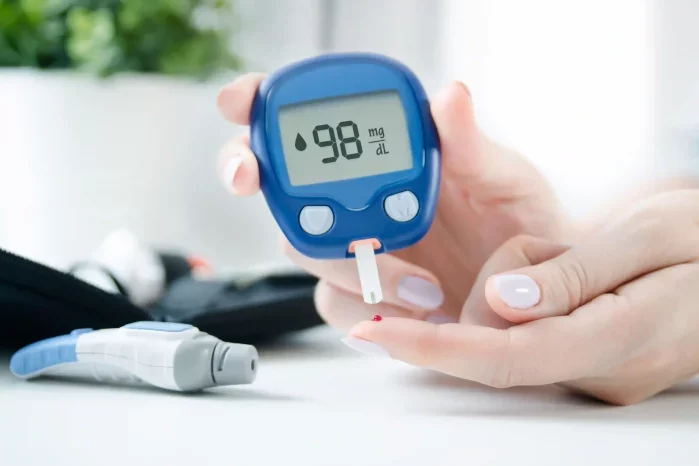Managing diabetes effectively involves a multifaceted approach that includes medication, regular physical activity, and, crucially, a well-balanced diet. One of the most important measures of diabetes management is the A1C test, which provides an average of your blood sugar levels over the past two to three months. Maintaining a lower A1C level is essential for preventing complications and ensuring long-term health. This article will explore which foods should be avoided to help lower your A1C, highlighting how dietary choices impact blood sugar levels and overall diabetes management.
Understanding A1C and Its Importance
Before delving into the specifics of diet, it’s important to understand what A1C is and why it matters. The A1C test, also known as the hemoglobin A1C or HbA1c test, measures the percentage of glucose attached to hemoglobin, the protein in red blood cells that carries oxygen. The result provides an average blood glucose level over the past two to three months, reflecting long-term blood sugar control.
For most adults with diabetes, an A1C level below 7% is often recommended, though targets may vary based on individual health conditions and medical advice. Lowering A1C levels can reduce the risk of diabetes-related complications such as neuropathy, nephropathy, retinopathy, and cardiovascular disease.
Carbohydrates: The Primary Concern
Carbohydrates are the primary macronutrient that influences blood sugar levels, as they are broken down into glucose during digestion. Managing carbohydrate intake is crucial for controlling blood sugar levels and lowering A1C. However, not all carbohydrates are created equal.
Refined Carbohydrates and Sugary Foods
Refined carbohydrates, found in foods like white bread, pastries, and many processed snacks, have a high glycemic index (GI), meaning they cause rapid spikes in blood sugar levels. Sugary foods, including candies, cakes, and sweetened beverages, also fall into this category. These foods can lead to significant fluctuations in blood glucose levels, making it harder to maintain a stable A1C.
Avoid:
- White bread, white rice, and pasta made from refined flour.
- Sugary cereals and breakfast bars.
- Pastries, cakes, cookies, and other baked goods made with white flour and sugar.
- Sweetened beverages such as sodas, fruit juices, and energy drinks.
- Candies and chocolates with high sugar content.
Alternative Choices:
- Whole grains such as brown rice, quinoa, and whole wheat bread.
- Cereals with no added sugars and high fiber content.
- Baked goods made from whole grain flours and natural sweeteners in moderation.
- Water, unsweetened tea, or beverages sweetened with natural low-calorie sweeteners like stevia.
- Dark chocolate with a high cocoa content (70% or higher) in moderation.
High Glycemic Index Foods
The glycemic index (GI) measures how quickly a food raises blood sugar levels. Foods with a high GI cause rapid spikes in blood sugar, which can contribute to higher A1C levels. In addition to refined carbohydrates and sugary foods, other high GI foods include certain fruits and vegetables, and processed grains.
Avoid:
- Potatoes, especially mashed or fried.
- Corn and products made from cornmeal.
- Instant oatmeal and other quick-cooking grains.
- Certain fruits like watermelon and pineapple, which have a higher GI.
Alternative Choices:
- Sweet potatoes and yams, which have a lower GI than regular potatoes.
- Non-starchy vegetables such as leafy greens, broccoli, and cauliflower.
- Steel-cut oats or old-fashioned rolled oats.
- Low GI fruits like berries, apples, and pears.
Trans Fats and Saturated Fats
Trans fats and saturated fats can negatively impact blood sugar levels and increase the risk of heart disease, which is already a concern for individuals with diabetes. Trans fats are found in many processed foods, while saturated fats are prevalent in animal products and certain plant oils.
Avoid:
- Fried foods, including fast food items.
- Baked goods made with hydrogenated oils or shortenings.
- Packaged snacks like chips and crackers that contain trans fats.
- High-fat cuts of meat, such as fatty beef and pork.
- Full-fat dairy products like whole milk, butter, and cheese.
- Tropical oils such as palm oil and coconut oil in large amounts.
Alternative Choices:
- Foods baked or grilled instead of fried.
- Baked goods made with healthier fats like olive oil or avocado oil.
- Snacks such as nuts, seeds, and air-popped popcorn.
- Lean meats like skinless poultry and fish.
- Low-fat or fat-free dairy products.
- Healthier cooking oils such as olive oil and canola oil.
Hidden Sugars in Processed Foods
Sugar is often added to processed foods in various forms, sometimes where you might least expect it. Even savory foods can contain significant amounts of added sugar, contributing to higher blood sugar levels and A1C.
Avoid:
- Processed and packaged foods with added sugars, including sauces, dressings, and marinades.
- Flavored yogurt and other dairy products with added sugars.
- Pre-made soups and canned vegetables with added sugars.
- Breakfast foods like flavored oatmeal and granola with high sugar content.
Alternative Choices:
- Homemade sauces and dressings made with fresh ingredients.
- Plain yogurt sweetened with fresh fruit or a small amount of natural sweetener.
- Homemade soups and fresh or frozen vegetables without added sugars.
- Plain oatmeal or granola with low or no added sugar.
High-Calorie, Low-Nutrient Foods
High-calorie, low-nutrient foods contribute to weight gain and poor blood sugar control, which can increase A1C levels. These foods are often high in sugar, unhealthy fats, and empty calories.
Avoid:
- Fast food items such as burgers, fries, and pizza.
- Snack foods like chips, candy bars, and packaged desserts.
- High-calorie beverages like milkshakes and specialty coffee drinks.
- Highly processed ready-to-eat meals and snacks.
Alternative Choices:
- Homemade meals prepared with fresh ingredients and healthy cooking methods.
- Healthy snacks like fresh fruits, vegetables, nuts, and seeds.
- Low-calorie beverages such as water, herbal tea, and black coffee.
- Whole foods with minimal processing and natural ingredients.
Alcohol and Sweetened Beverages
Alcohol can have varying effects on blood sugar levels, and sweetened alcoholic beverages add unnecessary sugar and calories. Moderation is key, and some types of alcohol can cause blood sugar spikes followed by dangerous drops.
Avoid:
- Sweetened cocktails and mixed drinks.
- Regular beer and sweet wines.
- Alcoholic beverages with added sugars or syrups.
Alternative Choices:
- Dry wine or light beer in moderation.
- Spirits mixed with sugar-free mixers like club soda or tonic water.
- Alcohol-free beverages that do not contain added sugars.
High-Sodium Foods
While sodium does not directly affect blood sugar levels, high sodium intake is associated with hypertension and cardiovascular disease, which are common complications in diabetes. Managing overall health is critical for effective diabetes management.
Avoid:
- Processed meats like bacon, sausage, and deli meats.
- Canned soups and vegetables with added salt.
- Salty snacks like chips, pretzels, and salted nuts.
- Restaurant foods, especially fast food and takeout, which often have high sodium content.
Alternative Choices:
- Fresh meats and poultry prepared at home with minimal salt.
- Low-sodium or no-salt-added canned goods.
- Unsalted nuts and seeds, and homemade snacks.
- Home-cooked meals with herbs and spices for flavor instead of salt.
Conclusion: Strategic Choices for Lowering A1C
Lowering A1C involves more than just cutting out sweets and refined carbs. It requires a strategic approach to overall diet, focusing on whole, nutrient-dense foods that support stable blood sugar levels and overall health. By avoiding high GI foods, unhealthy fats, hidden sugars, high-calorie, low-nutrient foods, excessive alcohol, and high-sodium foods, individuals with diabetes can better manage their blood sugar levels and achieve a lower A1C.
Incorporating healthier alternatives and making informed food choices can make a significant difference in diabetes management. It’s always advisable to work with a healthcare provider or a registered dietitian to tailor dietary choices to individual health needs and preferences. With careful planning and commitment, maintaining a lower A1C is an achievable goal that promotes long-term health and well-being.
Related topics:
I Am Pre-Diabetic: What Should I Eat?






















